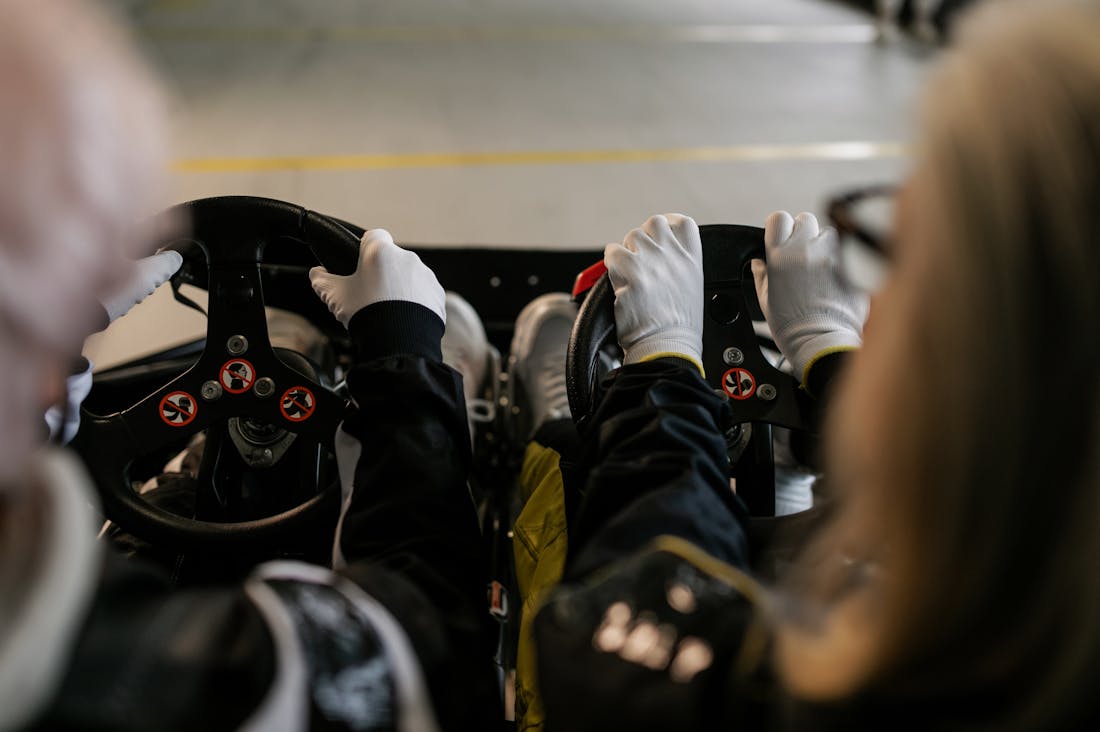As the automotive industry undergoes a transformative shift, cutting-edge technology trends are reshaping how we drive and interact with vehicles. Innovations such as electric vehicles, autonomous driving systems, and connected car technologies are not only enhancing safety and efficiency but also redefining the driving experience. This exploration into these trends reveals the future of mobility, highlighting the intersection of sustainability, convenience, and advanced engineering. As we embrace these advancements, understanding their impact is essential for both consumers and industry stakeholders alike. Join us as we delve into the automotive technology trends that are shaping the future of driving.

The Rise of Electric Vehicles and Their Impact
The rise of electric vehicles (EVs) marks a significant shift in the automotive industry, driven by growing environmental concerns and advances in technology. As emissions regulations tighten and consumers seek more sustainable alternatives, EV sales have surged globally. Major automakers are investing heavily in research and development, leading to the introduction of high-performance models that challenge traditional gas-powered cars. This transition is not only reducing carbon footprints but also reshaping urban landscapes, promoting cleaner air quality, and fostering the development of renewable energy sources. Additionally, the rise of charging infrastructure presents new economic opportunities and challenges for energy management, transforming the way we think about transportation and energy consumption.

Connectivity and Smart Features in Modern Automobiles
Modern automobiles have transformed significantly with the integration of connectivity and smart features, enhancing both convenience and safety for drivers and passengers. Vehicles now come equipped with advanced infotainment systems that seamlessly connect to smartphones through Bluetooth and Wi-Fi, allowing access to navigation, music, and hands-free communication. Features such as adaptive cruise control, lane-keeping assistance, and collision detection systems use data and sensors to provide a safer driving experience. Moreover, over-the-air updates enable manufacturers to fix bugs and add features without requiring a dealership visit. These innovations not only improve the driving experience but also foster a more connected lifestyle, making cars an integral part of the digital age.

Safety Innovations Transforming the Driving Experience
Safety innovations are dramatically transforming the driving experience, making roads safer for everyone. Advanced Driver Assistance Systems (ADAS) have emerged as game-changers, incorporating features such as adaptive cruise control, lane-keeping assistance, and automatic emergency braking. These technologies analyze real-time data to mitigate potential hazards, significantly reducing accidents. Additionally, the rise of vehicle-to-everything (V2X) communication allows cars to interact with each other and infrastructure, enhancing situational awareness and optimizing traffic flow. The integration of artificial intelligence and machine learning further personalizes safety systems by learning driver behavior, ensuring tailored responses. As a result, these advancements not only protect lives but also foster greater driver confidence and convenience.
AI-Assisted Content Disclaimer
This article was created with AI assistance and reviewed by a human for accuracy and clarity.